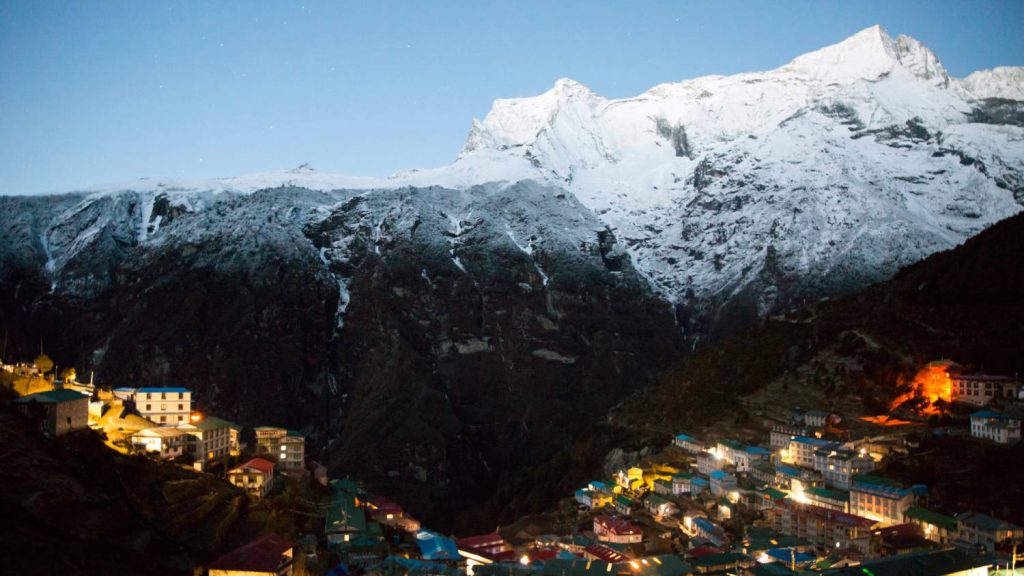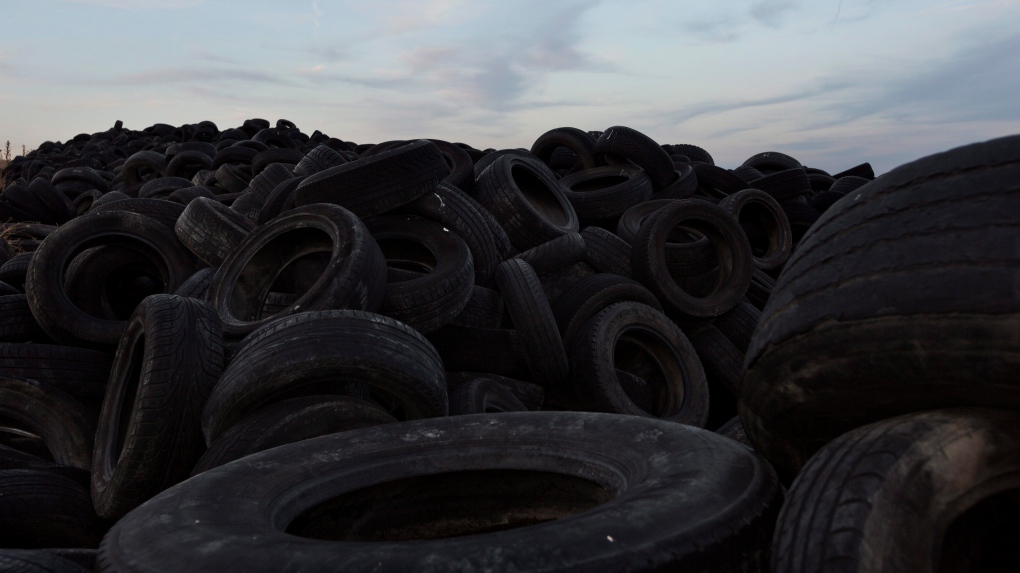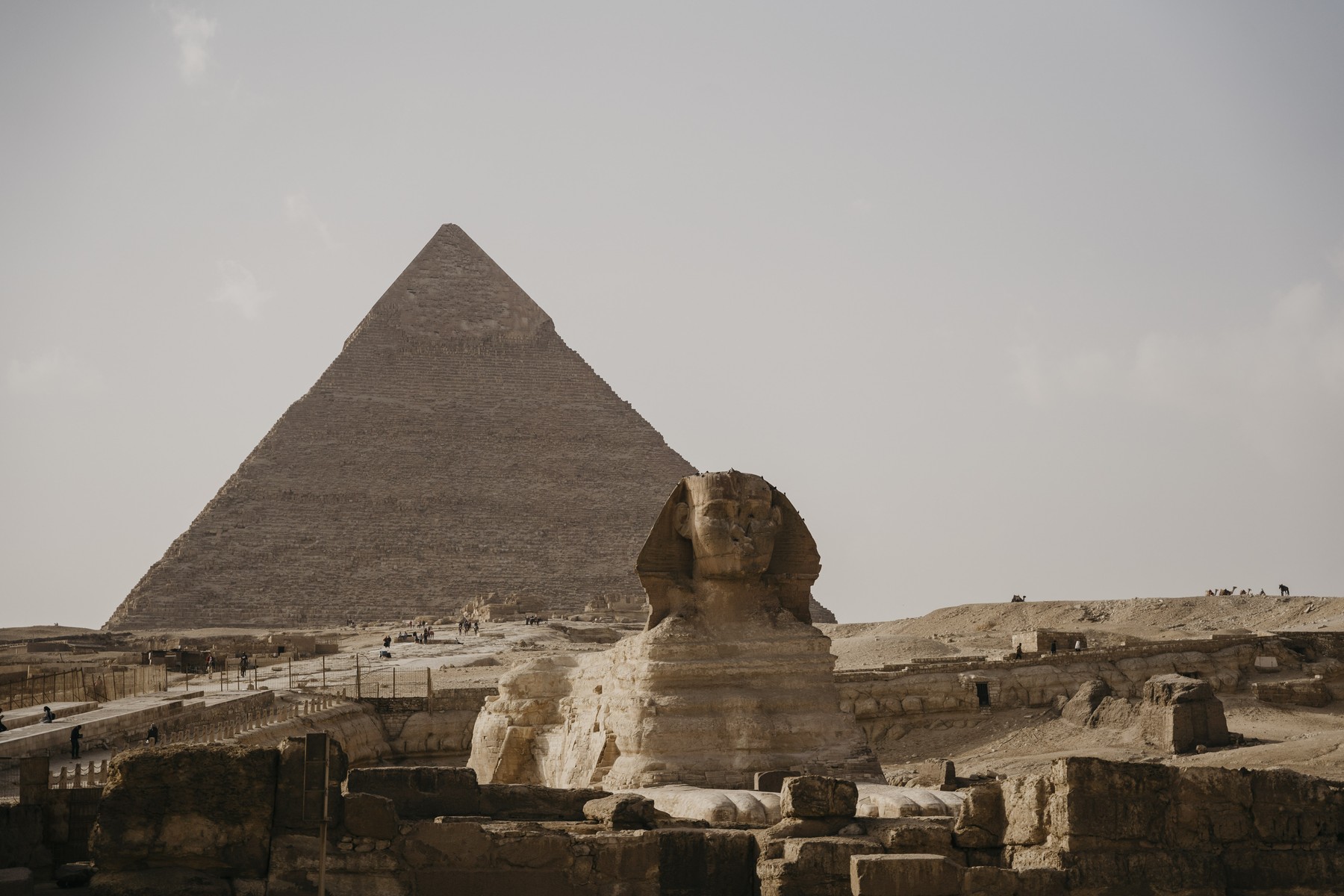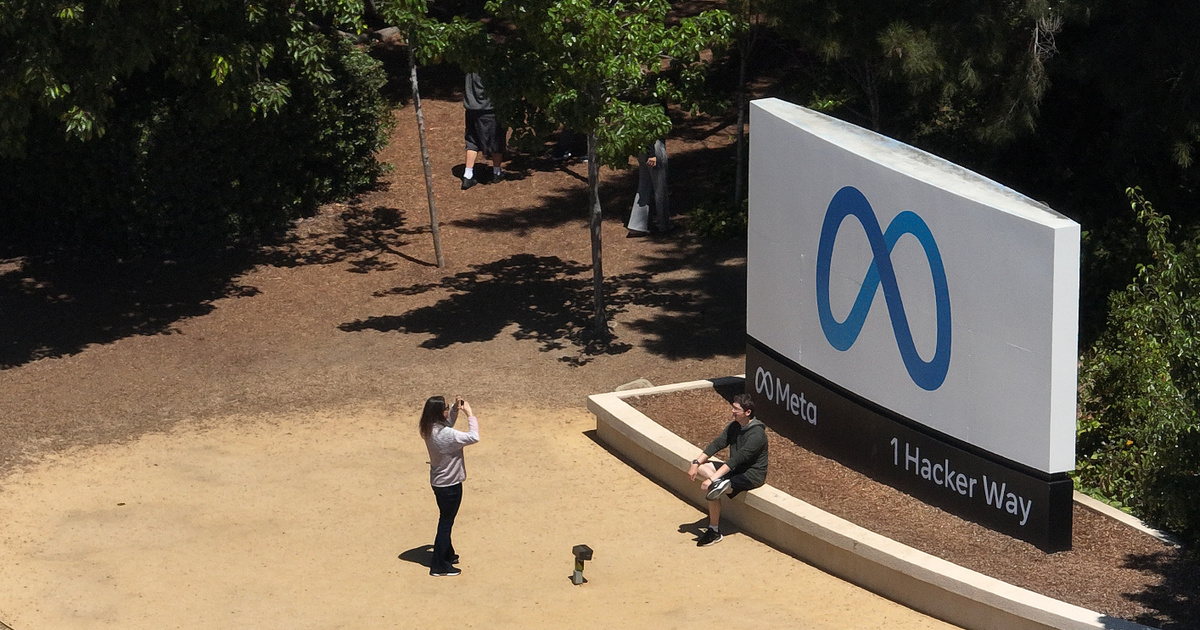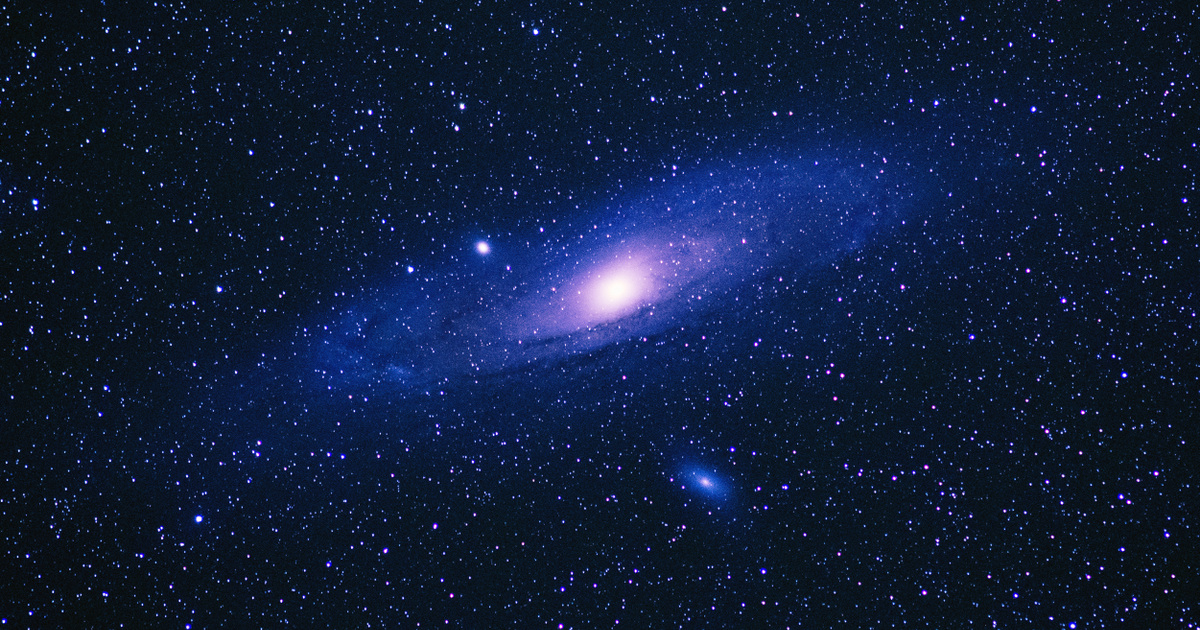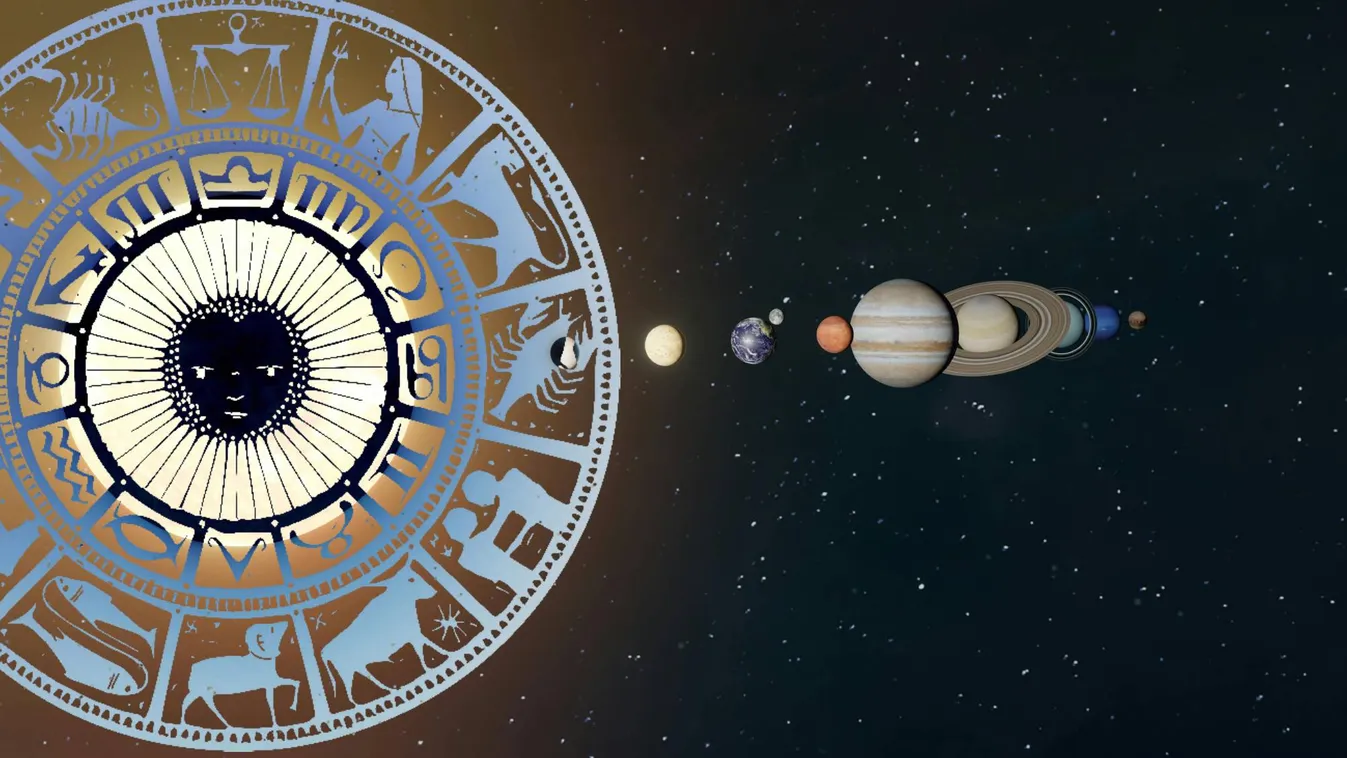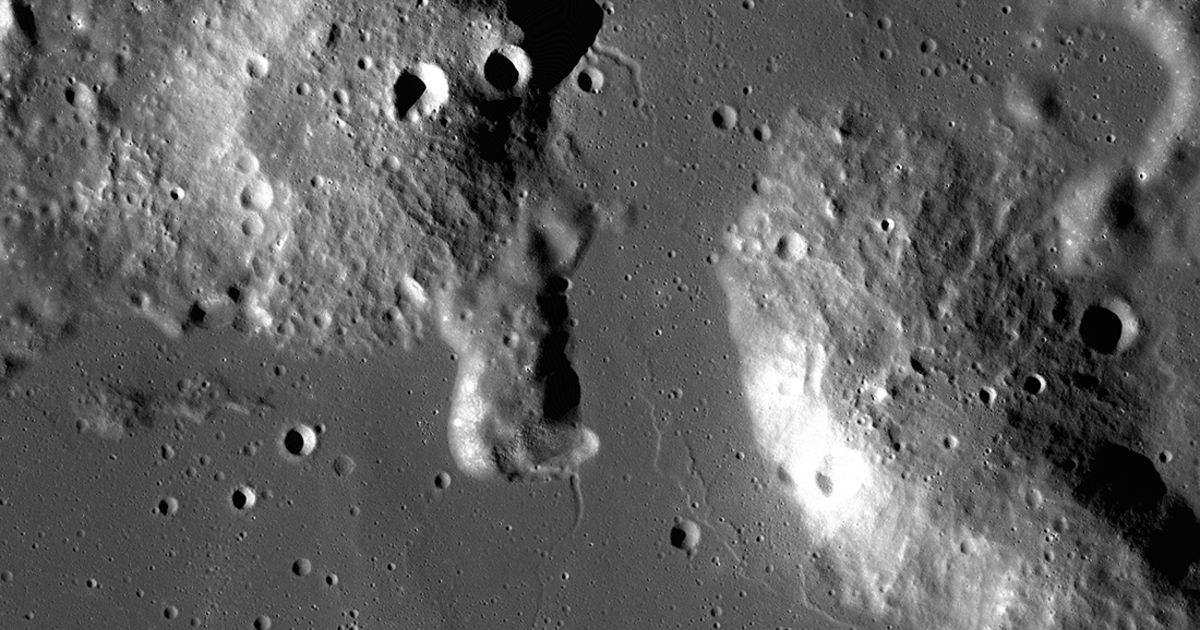The US space agency has chosen an instrument called the Lunar Vulkan Imaging and Spectroscopy Explorer (Lunar-Vise) to study the Gruithuisen Hills on the Moon, which has confused scientists because silica-rich magma with a granite-like composition looks like molten rock below) formed them.
Researchers say that the formation of such formations on Earth sheBeans and plate tectonics are required. Since the Moon does not contain these key components, it is a mystery to scientists how these domes formed and evolved over time.
Lunar-Vise includes a package of five instruments, two of which will be mounted on a fixed lander and three on a moving satellite orbit.
The two selected studies will discuss important scientific issues for the moon
Said Joel Kearns, NASA deputy director of discovery for the Science Mission Directorate.
Remnants of the early planets on the moon
The first study studies the geological processes of the early planets remaining on the Moon, and tests a rare form of lunar volcanoes. The second study examines the effect of the moon’s low gravity and radioactive environment on yeast, a model procedure used to understand the response and repair DNA damage.
Using the Lunar-Vise instruments, the researchers hope to be able to analyze the lunar soil at the top of one of the domes in ten Earth days (one lunar day). It is hoped that the data collected by the instruments will be able to solve fundamental questions about how these lunar rock formations formed.
NASA has selected two new sets of scientific instruments to explore the moon.
🌋 Lunar-VISE will study a volcanic area, the domes of Gruithuisen
🍞 LEIA will study the effects of the lunar low-gravity radiation environment on yeastmore: https://t.co/buaYatJVpN
– NASA Moon (@NASAMoon) June 3, 2022
Yeast is exposed to lunar radiation
NASA scientists also hope they can use data from investigations for planned lunar missions with robots and humans.
With another scientific plan called Lunar Exploration in Astrobiology Research (LIA), the researchers hope to deliver the yeast Saccharomyces cerevisiae to the lunar surface and study its responses to lunar radiation and gravity.
The yeast yeast important sample object that
They are used to understand human biology in the field of genetics, cell division processes, and responses to environmental factors such as radioactive damage to radiation.
The researchers believe Lia’s data could solve decades-old questions about how microgravity and deep-sea radiation together affect biological processes, he writes. does not depend on.
People can spend months on the moon from 2025 onwards
The Artemis lunar program aims to bring people to the lunar surface in 2025 on the Artemis III mission.
NASA has indicated that astronauts will spend weeks or months on the moon on missions expected to launch once a year from 2027 to 2030, the first manned lunar mission since 1972 by Apollo 17.
The Index also wrote earlier that they had found conditions more favorable for life on the Moon, such as volcanic ice water that could be consumed and washed by those who landed on the Moon, and click here to discover that lunar soil is also suitable for growing crops.










